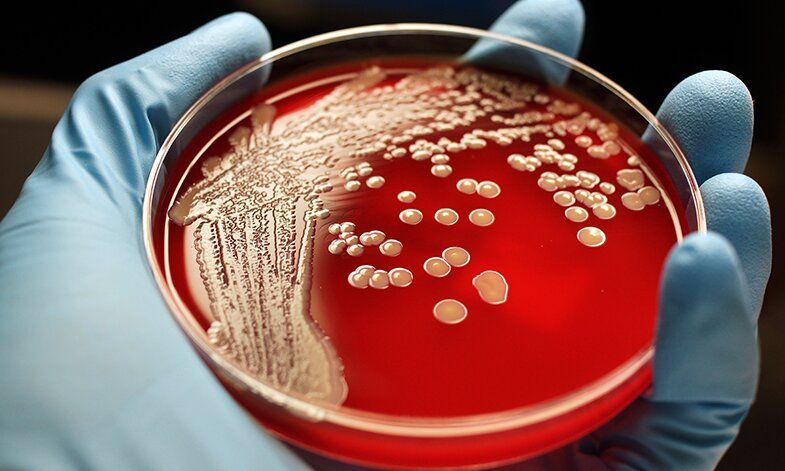Managing the heat generated in electronics is a huge problem, especially with the constant push to reduce the size and pack as many transistors as possible in the same chip. The whole problem is how to manage such high heat fluxes efficiently. Usually, electronic technologies, designed by electrical engineers, and cooling systems, designed by mechanical engineers, are done independently and separately. But now, EPFL researchers have quietly revolutionized the process by combining these two design steps into one: They’ve developed an integrated microfluidic cooling technology together with the electronics that can efficiently manage the large heat fluxes generated by transistors. Their research, which has been published in Nature, will lead to even more compact electronic devices and enable the integration of power converters, with several high-voltage devices, into a single chip.
The best of both worlds
In this ERC-funded project, Professor Elison Matioli, his doctoral student Remco Van Erp, and their team from the School of Engineering’s Power and Wide-band-gap Electronics Research Laboratory (POWERLAB), began working to bring about a real change in designing electronic devices by conceiving the electronics and cooling together, right from the beginning. The group sought to extract the heat very near the regions that heat up the most in the device. “We wanted to combine skills in electrical and mechanical engineering in order to create a new kind of device,” says Van Erp.








